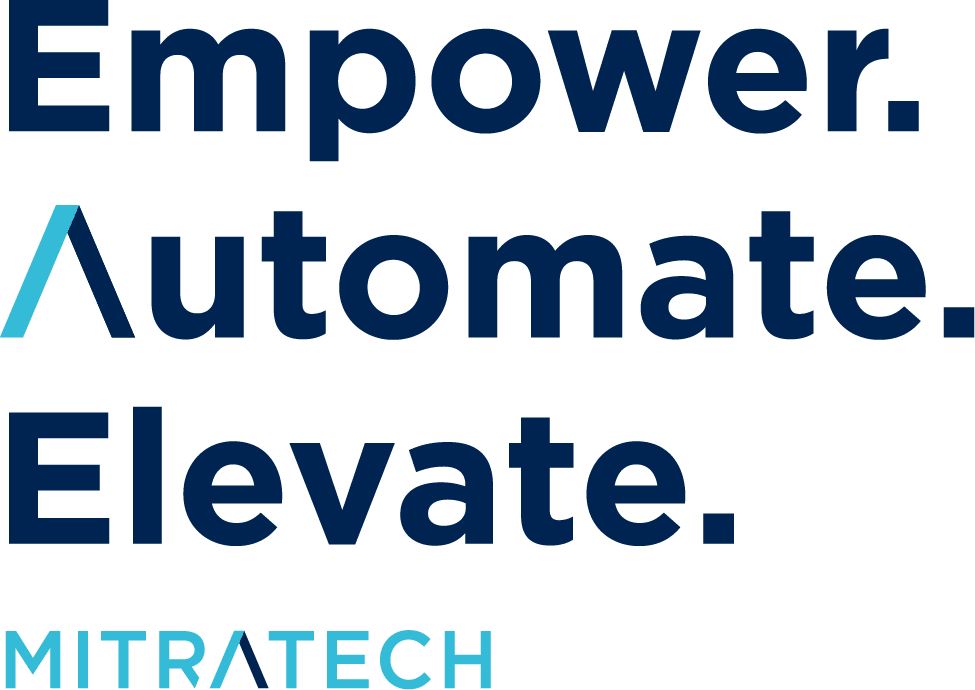Today’s legal ops teams do more than manage process improvements or legal spending. They are now expected to lead projects that create value for the entire company.
With rising demands around data privacy, AI governance, and economic pressure, their involvement is no longer optional – it’s essential. One of the most powerful opportunities we’ve seen to date? Technology investment and adoption.
Gone are the days where each department needs their own tech stack. According to a recent poll by CIO, 95% of senior IT executives intend to consolidate their vendors within a year. This move aims to make IT simpler, improve security, and make operations smoother. It shows a wider trend in the industry towards combining technology systems.
By identifying overlaps, legal operations can champion cross-functional investments that streamline workflows, reduce costs, and enhance organizational agility.

At Interact 2025, one message was clear: the legal field must engage in digital transformation. As cross-functional collaboration becomes essential for scaling automation, improving workflows, and driving smarter decisions, legal operations must have a strategic seat at the table. The technologies your department champions — and how you share them — can make a measurable impact far beyond legal.
And at events like the CLOC, these conversations will continue to take center stage, spotlighting how legal can shift from department-specific enablement to true enterprise collaboration. Building the business case for sharing technology, gaining organizational buy-in, and positioning legal ops as a strategic leader are all becoming essential parts of the modern legal playbook. And nowhere is that leadership more urgently needed – or more impactful – than in championing shared technology that cuts across departments and drives smarter, scalable solutions.
Why Legal Ops Are Uniquely Positioned to Champion Shared Tech
Legal operations professionals bridge strategy, execution, and cross-functional collaboration, making them a unique vantage point for cross-departmental technology and data. By overseeing legal spend, vendor management, compliance, and internal workflows, legal ops naturally work across Finance, Procurement, IT, and other departments, allowing them to easily spot problems, surface shared challenges, and align stakeholders around smarter solutions that avoid tech bloat.
This is especially important because as teams are expected to deliver more with less, drawing on vast amounts of data to drive intelligent business decisions, they often find themselves pulled into the allure of new, quick-fix point solutions.
They’re fast, easy to get up and running, and solve for an immediate pain point — but long term? Don’t expect these solutions with features that don’t work well together, custom code, and no API integrations to keep up. In fact, this one-and-done approach is often what we consider to be a top pitfall of legal technology adoption.
In other words, tech bloat happens when problems are solved by investing money in solutions that could be addressed with existing applications. Always reaching for “one more solution” can do the opposite of what is needed — and legal operations professionals have a unique ability to see that coming.
Legal Ops Professionals Bring More Than Efficiency, They Bring Alignment
With a cross-functional view, they understand not just how tools operate, but why they matter in a broader legal and regulatory context. It doesn’t matter how innovative your tech stack is — if Legal isn’t looped in, you could be trading speed for exposure. Legal ops ensures the right people are involved, the right risks are accounted for, and the right solutions are scaled.
More importantly, legal ops understands how to turn collaboration into action in a secure and compliant way. They don’t just observe gaps — they map them to solutions, gather support, and guide implementation. That’s what makes them ideal champions for sharing technology: they know where the value is, who it impacts, and how to bring people to the table.
Building a Business Case for Sharing Technology
Enterprise technology budgets are under more scrutiny than ever: 57% of CIOs are tasked with leading an AI strategy in their companies. However, emerging challenges are making it difficult for them to deliver business value with AI, indicating ongoing struggles in measuring the benefits of tech investments. This has often left many teams expected to do more with less. Sharing technology across departments offers a practical, strategic way to meet that challenge.
By championing cross-functional tech investments, legal operations can:
- Reduce redundant systems and licenses: Identify overlapping tools across departments and consolidate to avoid unnecessary spending.
- Maximize ROI from existing platforms: Expand legal tech tools (like ELM) to support Finance, Procurement, Compliance, and other teams.
- Standardize workflows and boost collaboration: Align departments on consistent processes and tools to reduce friction and improve teamwork.
- Improve reporting and decision making: Use unified systems to deliver accurate data that supports business-critical decisions.
- Simplify vendor oversight and audit prep: Centralize data and activity tracking to strengthen compliance and streamline audits.
When legal ops lead the charge in sharing technology, they not only help the business avoid duplicative solutions, but also strengthen data consistency, accountability, and governance across the enterprise.
To see this approach in action, join Mitratech’s Liz Lugones, and Honeywell’s Sarah Sawvell at CLOC as they share how to leverage legal technology as an enterprise-wide asset for cost savings, better spend visibility, and enterprise-wide impact.

Getting Started: Laying the Groundwork for Sharing Technology Across Your Enterprise
To gain traction on shared technology initiatives, legal operations teams must lead with clarity, collaboration, and a strong business case. Here’s how to build alignment and secure shared investment:
 Start with overlapping use cases
Start with overlapping use cases
Map out where legal tech already touches other teams (like how contract tools support Procurement or how spend data informs Finance). Use these connections to frame joint values.
 Engage stakeholders early
Engage stakeholders early
Loop in department leaders during the discovery phase. Ask about their pain points, goals, and current tools. Showing that legal ops listens and collaborates builds trust and momentum.
 Present a unified ROI story
Present a unified ROI story
When pitching a solution, highlight cost savings, improved workflows, and reduced risk across all involved functions, not just legal. Make the case for enterprise impact.
 Define clear ownership and cost-splitting
Define clear ownership and cost-splitting
Work with Finance to set expectations for funding, governance, and ongoing support. Transparency from the start helps avoid confusion later.
 Track and share success metrics
Track and share success metrics
After implementation, report on results frequently. Show how shared tech has reduced spend, accelerated timelines, or supported compliance, and credit every team involved.
Legal ops drives alignment not by asking for help, but by offering value. When you approach technology as a shared resource, you open the door to broader collaboration and long-term success.
Looking Forward: Legal as a Strategic Partner in Tech Investment
Legal operations is evolving into one of the most strategic functions in the business. As companies grapple with rising complexity, regulatory scrutiny, and the demand for smarter resource allocation, legal ops is uniquely positioned to lead the charge. By championing shared technology and scalable processes, legal ops won’t just support enterprise efficiency — it will reshape how cross-functional teams work together.
In the next wave of digital transformation, the organizations that empower legal ops to drive alignment across legal, compliance, IT, and business teams will be the ones that move faster, stay leaner, and adapt more confidently to change.
To learn more about how legal ops teams can navigate these challenges and unlock shared technology potential, join us at CLOC for the Mitratech Solution Lab: Legal Technology as an Enterprise-Wide Asset: Strategies for Cost Sharing. Uncover practical strategies for aligning teams and demonstrating the cross-functional value of legal tech investments.




